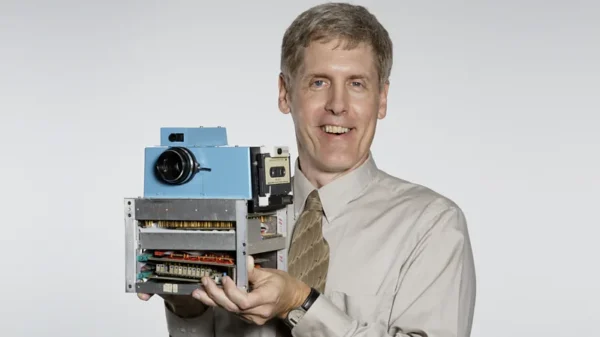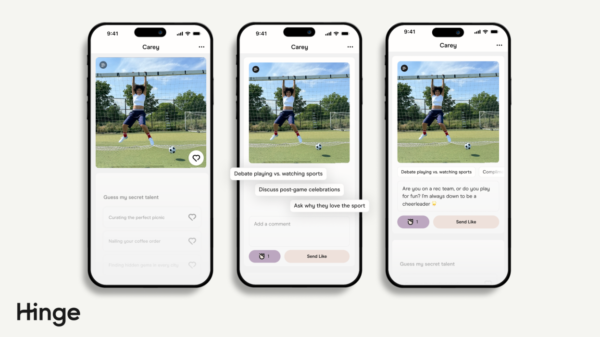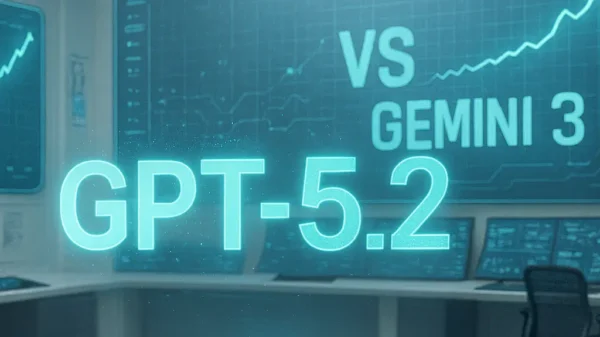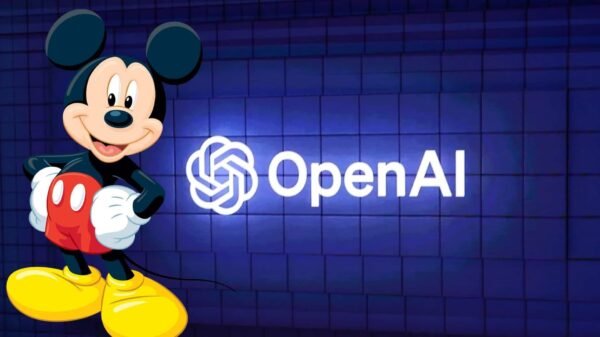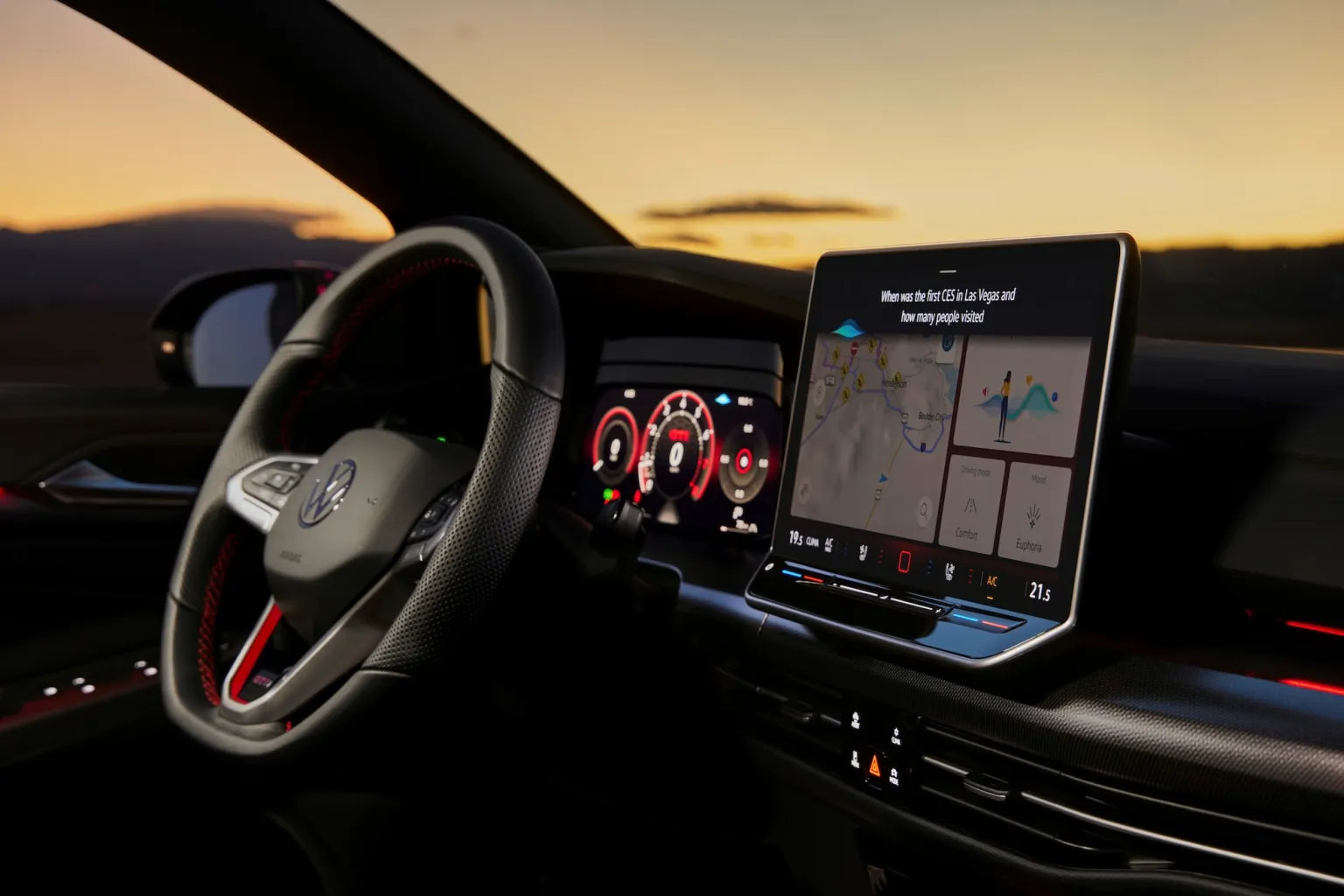Embracing the dynamic transportation landscape, Lyft and Volkswagen are reshaping urban mobility and the vehicle experience through strategic initiatives. Volkswagen is incorporating advanced artificial intelligence features, such as ChatGPT, into its U.S. car lineup, while Lyft is reorganizing its micromobility business, which includes electric scooters and bikes. This article dives into the specifics of these changes, discussing how they could affect transportation in the future, the technology that is a part of them, and the general public and businesses alike.
A Change in Strategy: Lyft’s Reorganization of Micromobility
Current State of the Micro-mobility Industry
The convenience of last-mile solutions, rising urbanization, and a trend toward more sustainable transportation options have all contributed to the meteoric rise of the micromobility business in recent years. New research indicates that by 2030, the worldwide micromobility industry will be worth more than $210 billion. Nevertheless, there are obstacles that the sector must overcome, including safety issues, regulatory impediments, and the requirement for significant financial expenditure.
The Approach to Reorganization at Lyft
The move to reorganize Lyft’s micromobility division is part of a larger plan to cut costs and increase profits. The business intends to streamline its micromobility operations by cutting back on non-essential functions and focusing on high-demand areas. In light of the rising competition from other micromobility providers, this move is anticipated to decrease operational costs and enhance the sustainability of its business model.
Crucial Aspects of the Reorganization’s Market Focus: Lyft plans to give preference to areas with strong demand and supportive legislative frameworks. The organization is able to employ its resources better and enhance the user experience in key areas thanks to this targeted strategy.
Optimizing Business Processes: Lyft plans to avoid spending as much on repairs and operations by cutting down on the number of its fleet and concentrating on its most lucrative areas. Some examples of this include making better use of data analytics for demand prediction and optimization and improving fleet management.
In order to better incorporate micromobility into current transportation networks, Lyft is investigating potential collaborations with municipal governments and urban planners. The business is also spending money on new and improved innovations, such as better battery management systems and user interfaces.
What This Means for Micromobility Businesses
The reorganization of Lyft is indicative of a larger trend in the micromobility industry, as businesses are shifting their focus from quick expansion to more sustainable growth strategies. As a result of this change, competing businesses may reevaluate their approach to the market, prioritizing efficiency and profitability above market share.
Volkswagen’s ChatGPT: Transforming the In-Car Experience in the United States
The Automobile Industry’s Embrace of AI
From improving autonomous driving capabilities to creating more personalized in-car experiences, artificial intelligence (AI) has become an integral part of modern automotive innovation. Not only does AI make automobiles safer and more efficient, but it also changes the way people use and interact with their vehicles.
The Integration of ChatGPT by Volkswagen
Volkswagen has made a giant leap forward in improving the user experience through sophisticated conversational AI with the addition of ChatGPT to its U.S. car lineup. With this integration, voice commands may control navigation, entertainment, and vehicle settings, making it more intuitive and natural for drivers and passengers to connect with their vehicles.
Functionality and Abilities
Users can go beyond simple commands to more sophisticated interactions with their automobiles with the help of ChatGPT, which enhances voice engagement.
Customization: The AI system picks up on user habits and tastes, so it can tailor route suggestions, music selections, and even temperature settings to each individual.
Improvements to Safety: ChatGPT helps create safer driving situations by lowering the danger of distractions and allowing drivers to maintain their hands on the wheel and eyes on the road.
Impressive Technological Progress Underlying ChatGPT Integration
Volkswagen vehicles now have ChatGPT integrated, which uses state-of-the-art techniques for machine learning and Natural Language Processing (NLP). With this innovation, the system can comprehend and carry out a wide variety of orders, even those that are vague or conversational in style. Because AI can learn and adapt, it will get smarter and more helpful over time, making its use more and more intuitive for users.
Effects on Consumer Expectations and the Automotive and Technology Industries
The integration of ChatGPT and other forms of artificial intelligence into automobiles has the potential to revolutionize in-car technology. User expectations for car interfaces will increase as they grow used to personalized and highly responsive experiences. Other car companies may feel pressured to speed up their own AI projects in response to this trend, creating an environment where innovations centered around the user are the focus of competition.
Shifts in the Market and What the Future Holds
There may be repercussions for software development, supply chains, and vehicle design if Volkswagen’s decision sets off a larger trend toward AI integration in the automotive industry. There will be more developments in AI capabilities and applications as a result of the increased cooperation between digital businesses and car makers.
In summary
Notable developments in the transportation sector include Lyft’s reorganization of its micromobility business and Volkswagen’s incorporation of ChatGPT into U.S. automobiles. The industry as a whole is moving towards more efficiency, more integration of technology, and better user experiences, and these two changes mirror that. Mobility solutions and automotive innovations may look to these companies for guidance as they negotiate the intricacies of their marketplaces. As the industry adjusts to shifting customer preferences and new technologies, keep an eye on how micromobility and AI in cars continue to develop.


